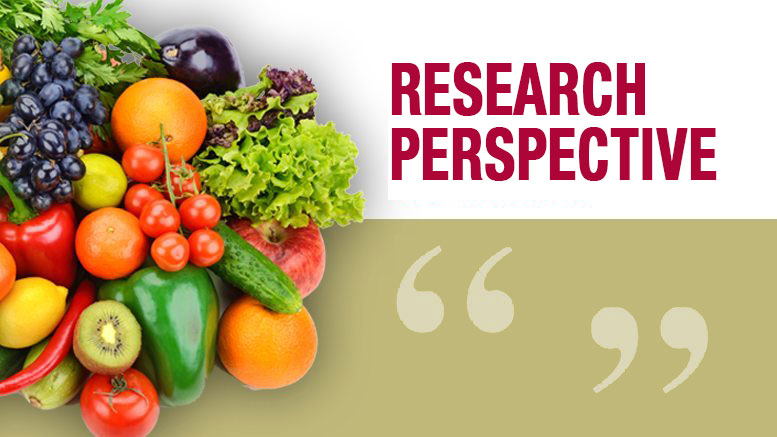The Power of Posting: How and Why Social Media Can Drive Produce Sales
July 7, 2025 | 4 min to read

Just how influential is social media on supermarket sales? I’ll share one story.
A retailer came to me and said, “Rick, we are pulling our hair out. All of a sudden, our onions are going crazy. Asparagus went nuts, too. We had these huge numbers last year compared to the previous year, and we don’t know why.”
The short answer to his question is social media. Viral posts on TikTok and other social platforms have led directly to spikes in sales of particular products. In addition to onions and asparagus, we saw how cucumbers trended last summer, thanks to an influencer’s widely shared cucumber salad recipe.
A broader response to that retailer’s question is the need to recognize the impact of social media and leverage digital opportunities to boost produce performance. Often, the industry is on its heels in reacting to social media. For example, once a post takes off, you can start adding to your orders, but by the time you get through the supply chain, the viral fad is over.
I believe we should get more on our toes instead of our heels. We can create our own social media content that goes out widely, centered on items in the produce department, whether it’s dragon fruit, frozen grapes or even simple green beans.
One caveat: For social media content to resonate and reach a broad audience of produce consumers, it has to be authentic. If it comes across as a way to merely boost sales, you will lose. The good news is that there are many genuine topics and a wide array of produce items that are fodder for this digitally driven marketing method.
To create content, grocers can tap into their own teams, especially younger associates who are on top of what works and what doesn’t on social media platforms. It’s not only an easy and cost-effective way to stay current and relevant on socials, but it can be a boon for employee relations in terms of productivity and retention.
Don’t forget about retail registered dietitian nutritionists who can help provide science-based produce messages and help educate shoppers about portion sizes and health benefits. Working together, produce department employees and store leaders can truly connect with shoppers and, importantly, reach potential new customers.
By providing ideas in a direct and fun way, retailers and their grower partners can boost eating occasions for fruits and vegetables, which are key to growth.
The recent Power of Produce 2025 report, released by FMI, confirms the power of social media and, related to that, other forms of digital shopper engagement. According to that report, 94% of produce shoppers actively use one or more of the major social media platforms, including Facebook, TikTok, Instagram and YouTube, at least once a month. Nearly half (47%) of shoppers have discovered new ways to enjoy or prepare produce on social media. More than a third (36%) have found new fruits or vegetables that they had not seen before via socials.
As we move from our heels to our toes in creating content, we can also work toward seamless, integrated channel fluidity. Videos like the ones used on social media can also be used on e-commerce platforms. A customer can scroll past a photo of bulk romaine lettuce, but what about adding a dynamic video showing how to jazz up a salad with romaine and create a colorful, healthy meal with it? Videos can be created in-house, or you could ask your supplier to provide you with creative content about their products.
Shoppable recipes shared on websites are another way to make it easy for customers to move from inspiration to purchase and preparation. These digital tools provide helpful information to consumers, and the data also provides retailers with details about who their customers are and how they browse and buy.
These digital efforts can be linked back to the in-store experience, too. A display, including a shipper box or a retailer’s own material, could have a QR code on it leading to social media sites or a YouTube page. In-store retail media networks are another way to generate interest and excitement at the point-of-sale.
By providing ideas in such a direct and fun way, retailers and their grower partners can boost eating occasions for fruits and vegetables, which are key to growth. A quick post on berries for breakfast or making kid-friendly snacks from vegetables can lead to an incremental sales lift, and fast.
Grocery stores have always been social places, in terms of being neighborhood hubs, and as that circle expands to social media, so do opportunities.

Rick Stein is vice president of fresh foods, FMI — The Food Industry Association.
8 of 18 article in Produce Business May 2025

